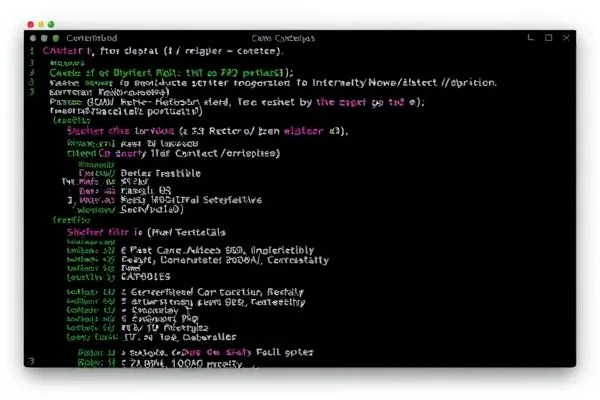Cybersecurity remains an urgent priority in our digital landscape, particularly as new threats emerge daily. Recently, the U.S. Cybersecurity and Infrastructure Security Agency (CISA) highlighted significant vulnerabilities affecting Sitecore, Next.js, and DrayTek devices that demand immediate attention. This blog will explore these vulnerabilities, their implications, and the essential actions organizations should take.
Takeaways:
- ✅ Recognizing and remediating vulnerabilities is essential for enhanced security.
- ✅ Immediate patching is a critical defense against potential exploitation.
- ✅ Understanding the evolving landscape of cyber threats is vital for organizational resilience.
Examining Sitecore Vulnerabilities
CISA has added two vulnerabilities to its Known Exploited Vulnerabilities (KEV) catalog that pose a serious risk to users of Sitecore CMS and Experience Platform (XP). These vulnerabilities include:
- CVE-2019-9874 (CVSS score: 9.8) – Representing a deserialization vulnerability in Sitecore.Security.AntiCSRF, this flaw allows unauthenticated attackers to execute arbitrary code by exploiting serialized .NET objects sent as parameters.
- CVE-2019-9875 (CVSS score: 8.8) – A similar vulnerability that permits authenticated attackers to exploit the system for arbitrary code execution via the same mechanism.
The urgency for organizations utilizing Sitecore to apply relevant patches by April 16, 2025, cannot be overstated, as exploitation remains a credible threat per previous Sitecore statements.
Explorations of Next.js Framework and DrayTek Attacks
The Next.js framework is facing scrutiny for a newly discovered vulnerability (CVE-2025-29927, CVSS score: 9.1), which allows for an authorization bypass. Attackers can manipulate the “x-middleware-subrequest” header effectively granting them access to sensitive application areas without proper authorization. Such exploits reveal the advanced capability of cyber actors and prompt critical scrutiny of web application security practices.
Furthermore, GreyNoise has documented active exploitation attempts against known vulnerabilities in DrayTek devices, including:
- CVE-2020-8515 (CVSS score: 9.8) – An operating system command injection vulnerability leading to remote code execution.
- CVE-2021-20123 (CVSS score: 7.5) – A local file inclusion vulnerability, potentially allowing unauthorized file access.
- CVE-2021-20124 (CVSS score: 7.5) – Another file inclusion vulnerability that poses risks of unauthorized access to system files.
The geography of ongoing attacks illustrates a worldwide trend, heightening the need for proactive remediation strategies.
Conclusion
In summary, CISA’s recent warnings about critical vulnerabilities in Sitecore and Next.js underline the necessity for vigilance in cybersecurity. Organizations should act quickly to patch identified vulnerabilities and broaden their cybersecurity knowledge to safeguard against evolving threats.









